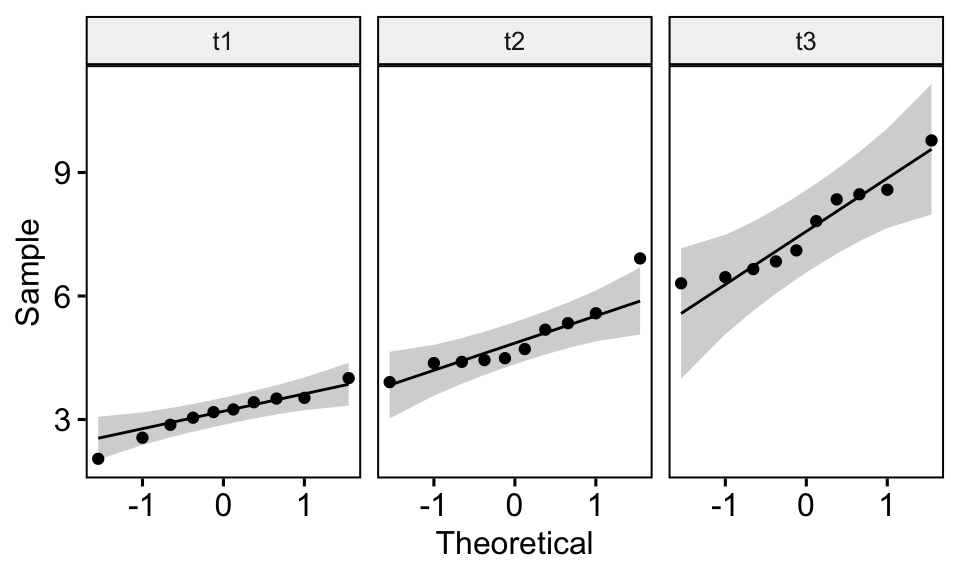
Data are expressed as mean ± SD and analyzed by ANOVA and Tukey.
R STUDIO ANOVA SOFTWARE
Medium-low 1.309295 -2.4507360 5.069325 0.6896199 Analyses were performed using RStudio version 1.1.442 (Boston, MA, USA), and graphics were generated using GraphPad Prism 8 (GraphPad Software Inc., San Diego. TukeyHSD(a2, "ses") Tukey multiple comparisons of means The TukeyHSD command still works well, though now we must We can look at pair-wise comparisons of the ses levels after adjustingįor female. You may be fitting an ANOVA with multiple factors. We can see that these results are significant with what we saw using otherĪdjustments for the p-values.
R STUDIO ANOVA CODE
Below, we show code for using the TukeyHSD (Tukey Honest Significant Differences). The pairwise.t.test command does not offer Tukey post-hoc tests, but there are other R commands that allow for Tukey comparisons. We can see that the adjustments all lead to increased p-values, but consistently the high-low and high-middle pairs appear to be significantly different at alpha =. Pairwise.t.test(write, ses, p.adj = "holm") pairwise.t.test(write, ses, p.adj = "bonf") Below we show Bonferroni and Holm adjustments to the p-valuesĪnd others are detailed in the command help. With this same command, we can adjust the p-values according to a variety of methods. Pairwise comparisons using t tests with pooled SD Pairwise.t.test command and indicating no adjustment of p-values: pairwise.t.test(write, ses, p.adj = "none") For an one-way ANOVA (ANOVA with a single factor) We can first see the unadjusted p-values using the We consider to be statistically significant to account for this multiplicity of Of freedom test, but we do not know which pairs of ses levels are We will be using the hsb2 dataset and looking at the However, in all the response variables, an interaction between fragmentation and FT cycles was observed ( p < 0. Options for adjusting the p-values of these comparisons given the number of The results of the three-way ANOVA suggest that none of the interactions for any of the response variables (DNA yield, purity, and integrity) is statically significant.

R STUDIO ANOVA HOW TO
We will demonstrate the how to conduct pairwise comparisons in R and the different You may know that the means of your response variable differ significantlyĪcross your factor, but you do not know which pairs of the factor levels are For example, during a product survey where. Example: Tukey’s Test in R Step 1: Fit the ANOVA Model. Benefits of ANOVA in R ANOVA test determines the difference in mean between two or more independent groups.

Note: If one of the groups in your study is considered a control group, you should instead use Dunnett’s Test as the post-hoc test. Have been found when there are three or more levels of a factor. This tutorial explains how to perform Tukey’s Test in R. Post-hoc pairwise comparisons are commonly performed after significant effects


 0 kommentar(er)
0 kommentar(er)
